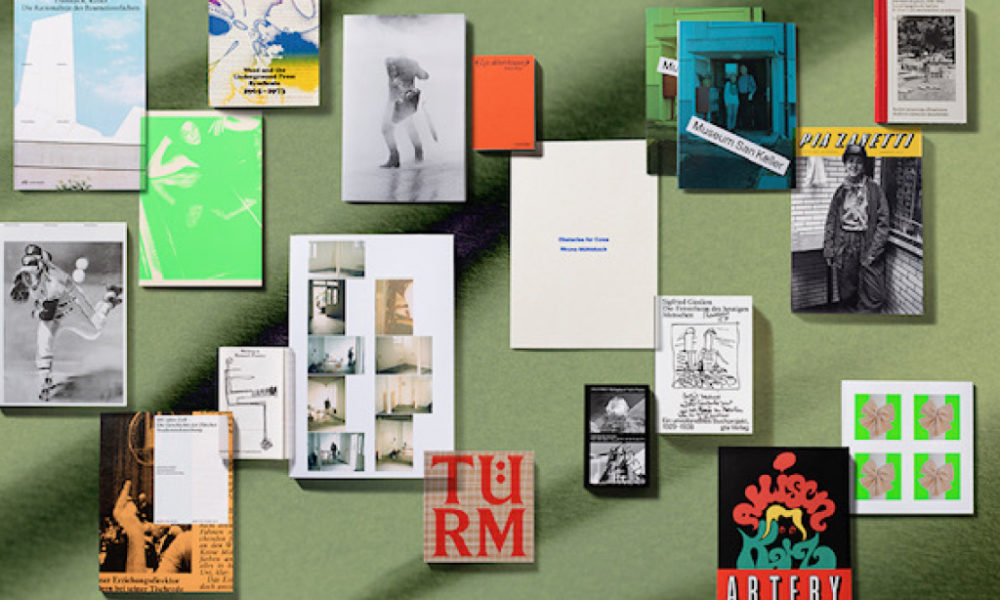The Collection de l’Art Brut in Lausanne is devoting a retrospective to the work of the little-known Uruguayan artist Magalí Herrera (1914-1992). Poetically titled “A spark of light in this world“, the exhibition invites a wonderful immersion into the infinitely large and infinitely small world of the self-taught designer. To discover until September 1st.
The museum is revealing for the first time the entirety of Magalí Herrera’s most important collection in the world, which it had in Lausanne since the artist bequeathed it all his drawings but also his private archives. A donation to be linked to his intense epistolary correspondence with Jean Dubuffet (1901-1985), French painter at the origin of the Art Brut Collection.
A previous exhibition took place in 1996, under the supervision of Michel Thévoz, but only part of the Uruguayan’s work was presented. “She is an artist very little known to the general public even though she is a historic artist of the museum,” confides Pascale Jeanneret, curator of the exhibition and curator at the Collection de l’Art Brut.
Among what had never been shown, the public will discover all the early works of Magalí Herrera, letters from her correspondence with Jean Dubuffet (from 1967 to 1974), photographs and personal documents. In addition to the Indian ink and gouache designer, we also get to know the writer and the poet.
Internal marginality
Born in Rivera in Uruguay, Magalí Herrera is a descendant of a notable family. “A rare occurrence for an Art Brut artist, she therefore does not come from marginality, but she will isolate herself in an inner marginality during her life,” explains Ms. Jeanneret, describing a very solitary and isolated.
Self-taught, she initially practiced dance, theater, photography, journalism and organized evenings devoted to poetry. She is herself the author of science fiction poems and tales, some of which remain unpublished. She is also a brilliant chess player.
Around 1952, Magalí Herrera began painting and drawing episodically, then devoted herself exclusively to these practices from the beginning of the 1960s, “creating intensely day and night in a sort of second state”. She stayed in Paris in 1967 and 1968, where she discovered Art Brut and began her correspondence with Jean Dubuffet. Nourished by this dialogue, she finds meaning in her graphic works.
Exceptional attention to detail and finesse
“The artist takes us into a wonderful world that is both infinitely large and infinitely small,” summarizes the curator. “His practice, slow and stubborn, is of exceptional finesse thanks to the use of very precise instruments, in this case Chinese calligraphy brushes.” She draws compositions in black or white Indian ink on white, black or colored papers.
His meticulous works are made of small dots, small lines, tiny figures, often hidden, zoomorphic or plant shapes. So many elements which give rise to utopian universes and esoteric imaginations, between interior cosmogonies, starry galaxies, microscopic cities or avian motifs.
“I am a primitive being who is only in contact with Nature,” wrote Magalí Herrera. As she wished, the artist leaves behind “a spark of light in this world”. She who wanted “not to die entirely when she was dead”.
